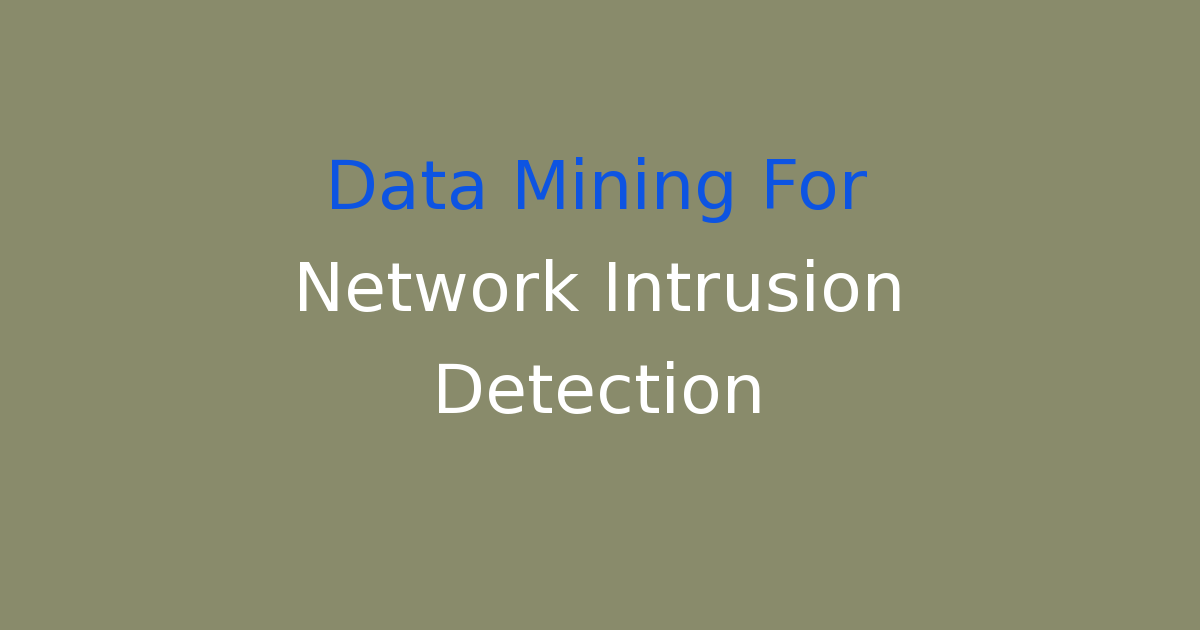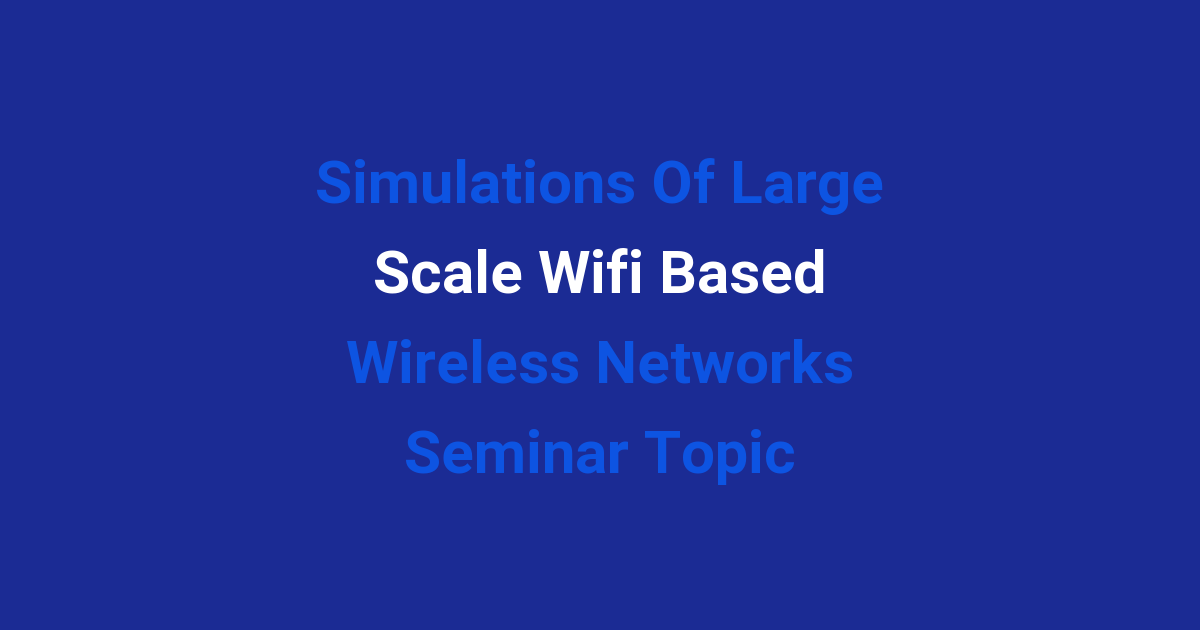Designing and implementing a GPS-based vehicle tracking system.
Introduction
Vehicle tracking systems have become an essential tool in the transportation industry for effectively managing fleets and ensuring the safety and security of vehicles. One of the key technologies that have revolutionized vehicle tracking systems is the Global Positioning System (GPS).
Problem Statement
The traditional vehicle tracking systems used in the past were often unreliable and inefficient. They relied on manual tracking methods that were not only labor-intensive but also prone to errors. This led to delays in tracking vehicles and managing fleets effectively.
Existing System
The existing vehicle tracking systems used outdated technologies and lacked the accuracy and reliability required for real-time tracking. These systems were based on cellular networks and required regular updates and maintenance to function properly. However, due to their limitations, they were unable to provide precise location data and timely updates to fleet managers.
Disadvantages
The disadvantages of the existing vehicle tracking systems included:
- Lack of real-time tracking
- Poor accuracy in location data
- Inefficient communication between vehicles and fleet managers
- High maintenance costs
Proposed System
The proposed system aims to overcome the limitations of the existing vehicle tracking systems by integrating GPS technology for accurate and real-time tracking. GPS provides precise location data that can be transmitted to fleet managers instantly, allowing them to monitor vehicles effectively and make informed decisions in real-time.
Advantages
The advantages of the proposed vehicle tracking system using GPS include:
- Real-time tracking of vehicles
- Precision in location data
- Improved communication between vehicles and fleet managers
- Reduced maintenance costs
Features
The key features of the proposed vehicle tracking system using GPS are:
- GPS-enabled tracking devices installed in vehicles
- Real-time monitoring of vehicle location and status
- Automated alerts for speeding, route deviations, and maintenance schedules
- Integration with fleet management software for efficient fleet operations
Conclusion
In conclusion, the design and implementation of a vehicle tracking system using GPS technology have the potential to revolutionize the way fleet managers monitor and manage their vehicles. By leveraging the accuracy and reliability of GPS, this system can address the shortcomings of traditional tracking methods and provide real-time tracking and communication capabilities to optimize fleet operations.









